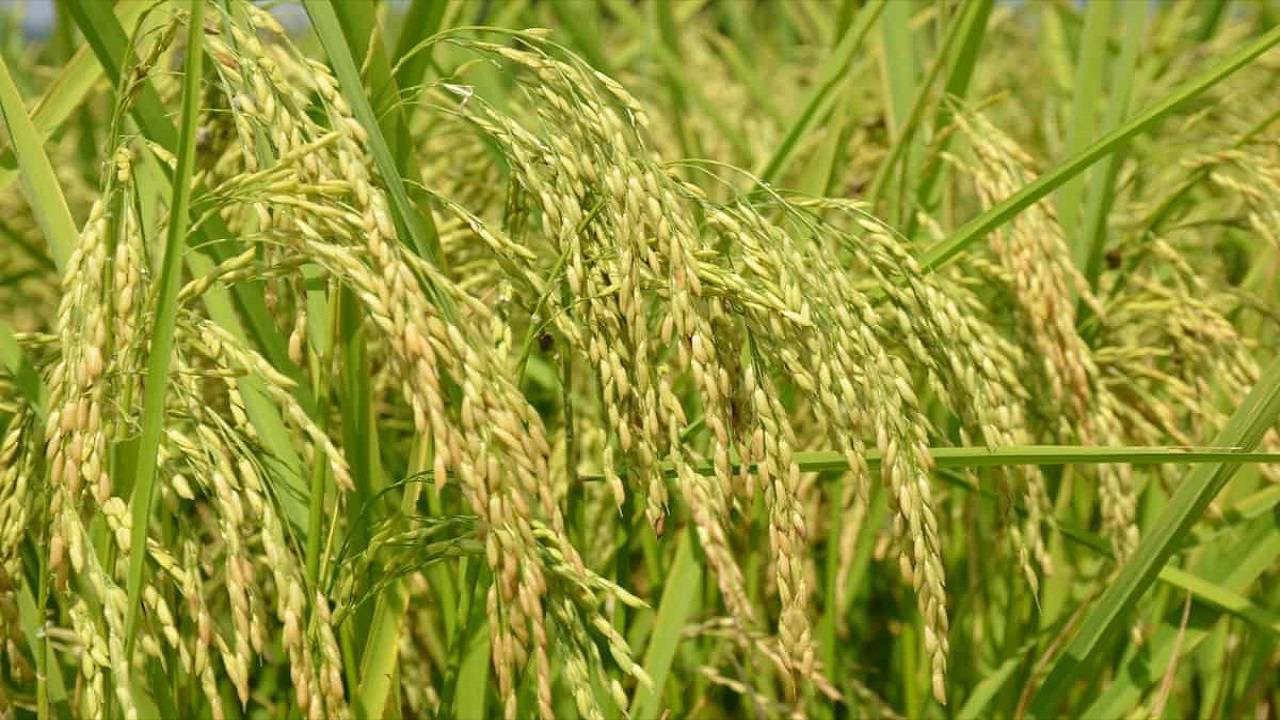
According to several studies, heat and drought-like weather conditions have several negative consequences on agriculture. Crop yields can drop during hot growing seasons and combined heat and drought can magnify the effect. Climate change has led to changes in temperature, atmospheric carbon dioxide, and the frequency and intensity of extreme weather. All of these can impact the yield of the crop as it affects the optimal temperature for growth and reproduction.
Effects of Heat and Drought on Crops
Under warmer climate and increased carbon dioxide conditions, many weeds, pests, and fungi can thrive. Studies show that rising carbon dioxide levels can stimulate plant growth but at the same time reduce the concentration of protein and essential minerals in most plant species. Drought-like conditions can cause the soil to become drier and less fertile.
Effects of Heat and Drought on Livestock
Heat waves and drought-like conditions can lead to heat stress in animals. Over time, heat stress can increase the animals’ vulnerability to disease, reduce their fertility, and even impact the quality and quantity of milk production. Drought directly threatens the pasture and feed supplies of animals.
It reduces the amount of quality foliage available to grazing livestock. Just like in crops, excessively warm temperatures increase the prevalence of parasites and diseases that affects livestock. The reduction in nutrients in crops due to high heat will result in livestock needing more food to meet their nutritional needs.
Effects of Heat and Drought on Fisheries
Higher water temperatures and higher estuarine salinities have been linked to climate change. They are responsible for disease outbreaks in many species of fish. Changes in temperature and seasons can also affect the timing of reproduction and migration. Along with increasing temperatures, water bodies across the planet are gradually becoming more acidic due to an increase in atmospheric carbon dioxide. This increased acidity is linked with the reduction of calcium from seawater and also threatens the structures of sensitive ecosystems upon which some fish and shellfish rely.
Farming Techniques to Mitigate Heat Stress on Crops During the Summer
Plant heat and drought-tolerant crops
Plant crops that are heat and drought-tolerant to mitigate heat stress during the summer months. These crops will reduce the farmer’s losses as they are not very demanding when it comes to their water requirements withstanding high temperatures. In regions with limited water resources, these types of crops are really useful as they reduce the demand for irrigation water.
Mulching
Mulching is a farming technique where the surface of the soil is covered with organic or inorganic material to improve the soil’s water retention and protect it from adverse weather conditions. It also suppressed weed growth and improves the nutritional quotient of the soil.
During the summer when the temperatures are really high, the soil becomes dry very quickly. This can damage the plant’s roots ad even hinder its nutrient uptake. Mulching acts as a barrier between the soil and the sun. It reduces the amount of heat the soil absorbs, thereby protecting the plant roots from heat stress. It also reduces water evaporation from the soil surface and improves the soil’s overall health and productivity.
Provide shading
Provide adequate shade to the plants during summer months to mitigate the effects of heat stress on crops. Heat stress can lead to premature wilting of leaves and flowers, stunted growth, and reduced yield. The leaves of the plant can also burn due to prolonged exposure to sunlight. By providing shade, we reduce the amount of direct sunlight that reaches the plant, thereby, improving crop yield by protecting the crop from environmental stresses.
















